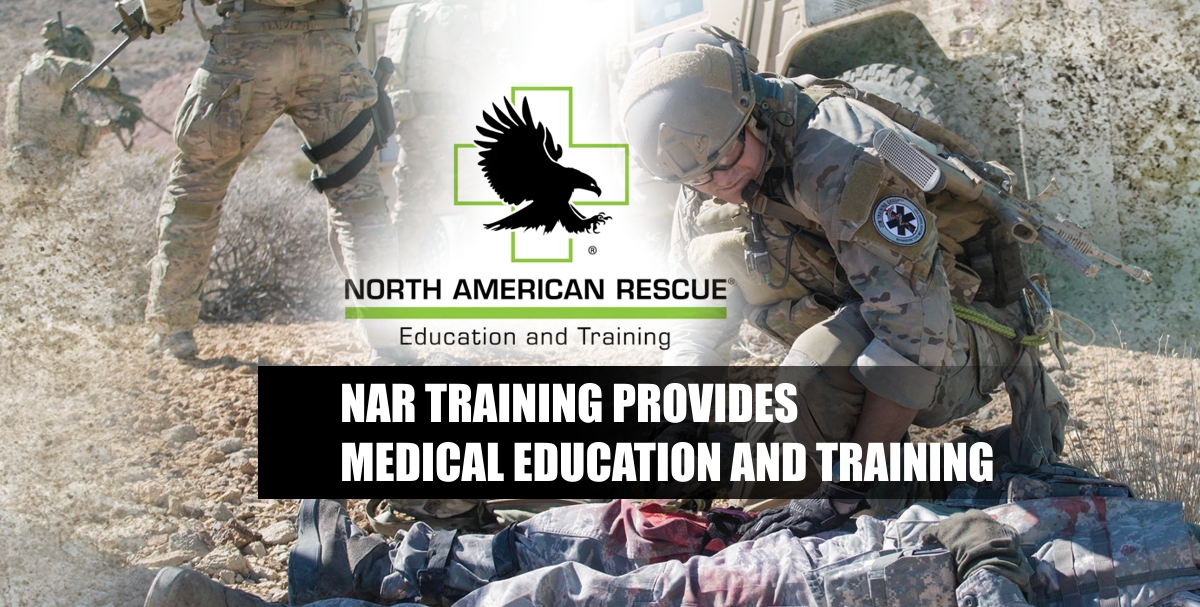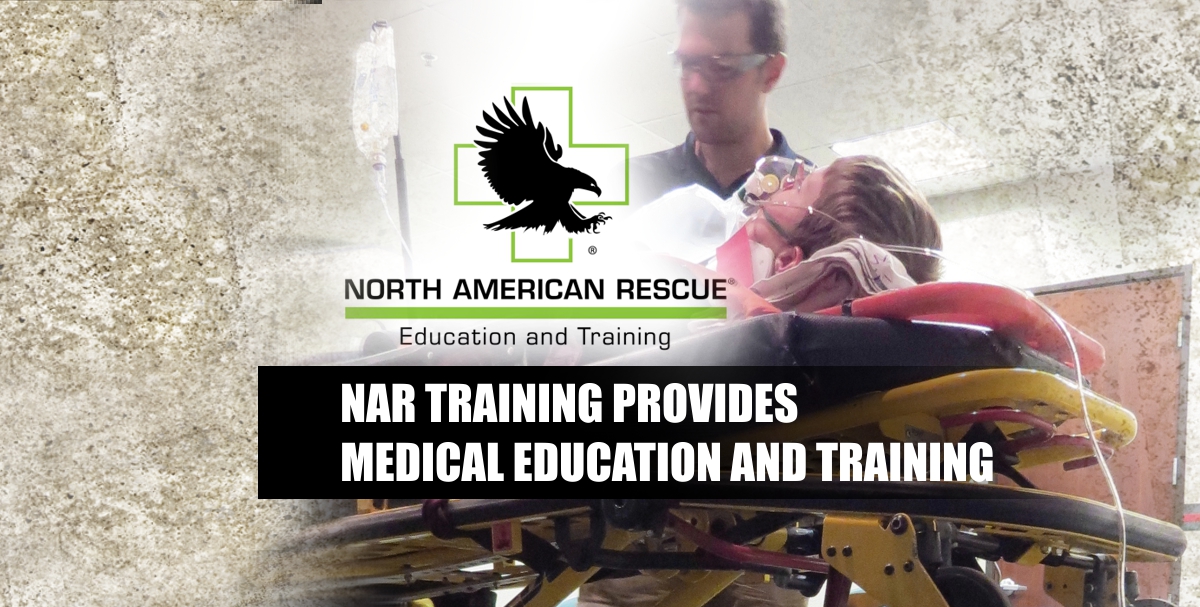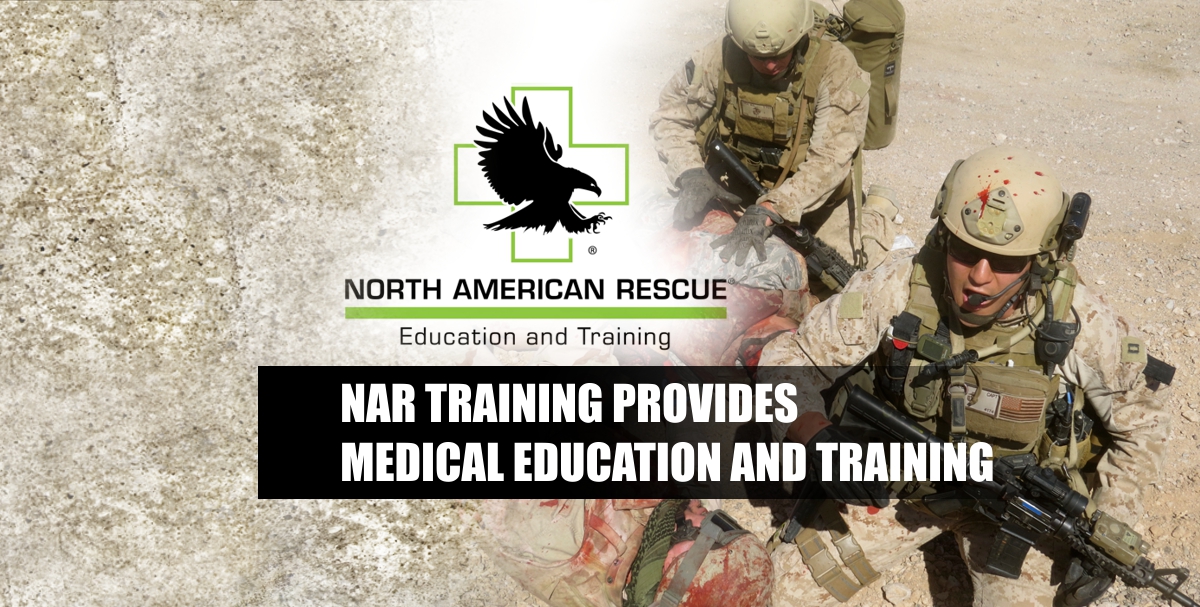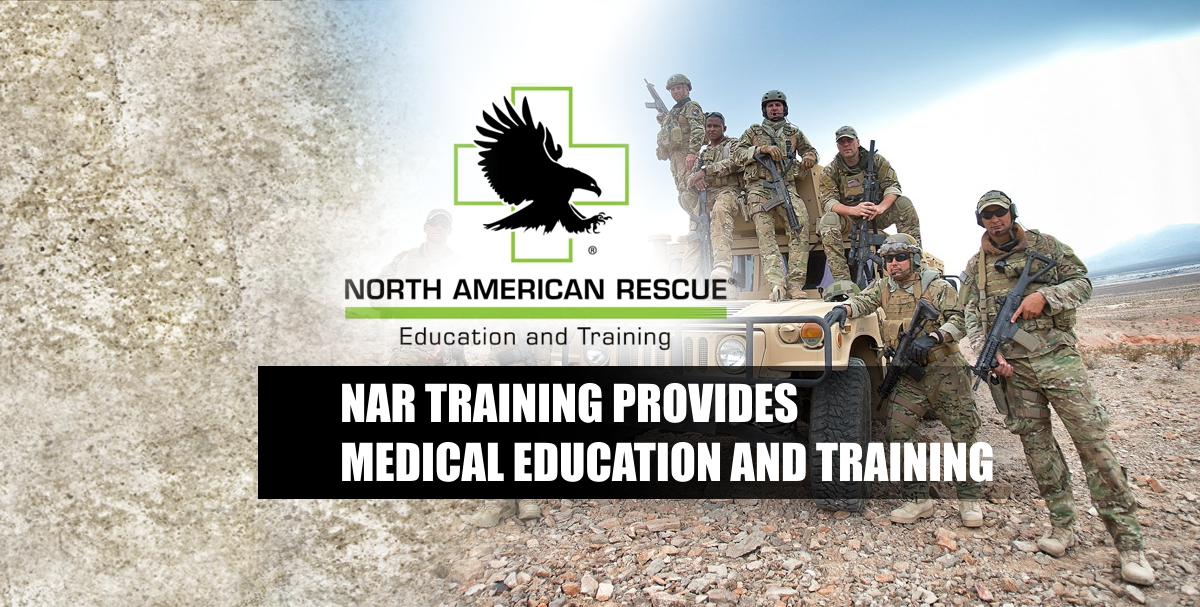Archive
Archive for August, 2014
TACTICAL MEDICINE
Photo Friday 9/9/11
Nellis AFB, Nevada – I had the good fortune to spend the day with JTM Training Group at Nellis AFB outside of Las Vegas, Nevada. It was here that I met Jeremy, a 29-year-old medic for a Navy SEAL team. He was attending a tactical ALS refresher. I saw his tattoo and asked him if it was related to his work as a medic for the SEAL team. I noted that he was in fact hope for an injured team member. Jeremy very humbly replied he was in New York City and saw the sadness in the post-9/11world. He wanted to send a message of hope. He reenlisted soon thereafter.
Veteran’s Day with JTM Training Group
Hey Sim Champs,
I just spent an amazing Veteran’s Day with JTM Training Group here in Las Vegas and WOW – talk about serious Medicine!
While meeting with Mary Flynn from EMS World Expo, I got a chance to invite myself to her tour of Jim Mitchell’s Tactical Medicine training camp on the Nellis Air Force Base here in outskirts of Las Vegas. With F-15 Eagles flying over head we were picked up in a black SUV and driven into the mountains of Las Vegas. What I saw was one of the most impressive full-scale medical simulation sites I have ever seen! Check out the rest of the story to see inside this internationally famous tactical medicine simulation training program, sponsored by the U.S. Military & NATO!
Read More: http://healthysimulation.com/356/veterans-day-with-jmt-training-group/
TECC – FOR EXECUTIVE PROTECTION & SECURITY SPECIALISTS
The TECC for Executive Protection & Security Specialist Course is intended to train individuals at the company level to deliver the TECC for Executive Protection & Security Specialists Course. This includes a full understanding of TECC principles, skills (particularly hemorrhage control), and how to use the components of the Individual First Aid Kit (IFAK). The IFAK is comprised of 2 major components: Tourniquet and Hemostatic agent.
The TECC -EP is designed to teach and reinforce basic skills that would assist Executive Protection & Security personnel in caring for the principal, themselves and others in direct and indirect threat environments. The training offers an overview of Tactical Emergency Casualty Care (TECC), the civilian adaptation of the military Tactical Combat Casualty Care (TCCC).
COST PER STUDENT:
$350 (MINIMUM 6, MAXIMUM 12)
Weapons and ammunition are included
WHO SHOULD ATTEND? WHO SHOULD ATTEND?
This course is intended for High-Risk Executive Protection & Security Specialists.
STUDENT PREREQUISITES:
This school is PHYSICALLY DEMANDING! Prospective applicants will be expected to lift heavy objects, function in confined spaces, and be required to shoot/move/communicate under stressful conditions.
Each student is expected to be FAMILIAR in safe handling and shooting with a semi-automatic pistol. Individual weapon qualification cards are NOT NEEDED. Students must also be physically capable of quickly assuming standing, kneeling, and prone positions, maintaining them for a period of time, in adverse conditions, and recovering without assistance.
TUITION INCLUDES:
This course includes all training courses, textbooks & reference materials, classroom & field instruction.
Each student will be issued a new Individual First Aid Kit upon course completion.
SUCCESSFUL COURSE COMPLETION:
This is an 8+ contact hour school. Contact hours = Actual instruction time in the classroom and on the range. It does not include travel between lodging and training site, breaks, meals and clean up. 100% attendance is mandatory for successful school completion. The school should be considered a full-time endeavor. It is unreasonable to expect successful completion if engaged in any additional activities during the school term.
STUDENT ATTIRE:
Attendees are encouraged to wear the clothing that best represents the attire required for their jobs. For the field training,please bring clothing in which the student can actively participate in real-world scenarios that will get soiled with dirt and artificial blood.
FOOD & LUNCHES:
Approximately 30 minutes will be given each day to eat lunch in the training facility or on the range. Student refrigerators and microwaves are available for use. Sodas, sports drinks & bottled water are available for purchase.
ADMINISTRATIVE NEEDS:
Interested organizations must complete a Customer Information Sheet (page 5) and submit it via mail or fax. A JTM training specialist will make direct contact to the requesting unit’s selected point of contact.
TUITION:
Students should bring their method of payment with them on the first day of training, unless prepayment of the course had been arranged. Detailed receipts will be provided for all students attending JTM Training Group courses.
PAYMENT OPTIONS:
Visa, MasterCard, Cash and Gov’t Contract
CURRICULUM:
The course focuses on simple actions Executive Protection & Security Specialists can take to reduce preventable causes of death in direct and indirect threat situations.
In skill lanes, the student will properly demonstrate: manual airway management, tourniquet application, wound packing with hemostatic agents, and wound dressing with pressure bandages. Students will practice these basic methods of care on themselves and partners under the direction of an instructor.
Topics Include:
- TECC Overview
- Hemorrhage Control: Tourniquet Application
- Hemorrhage Control: Wound Care and the
- Use of Hemostatic Gauze
ANTICIPATED SCHEDULE:
- 0800 – 1700
STUDENT EQUIPMENT REQUIREMENTS (INDIVIDUAL):
- Body armor (if part of the duty uniform)
- Pants with belt loops and belt
- Tactical pistol holster (Glock 9mm size)
- Pistol magazine pouches for two double-stack magazines
- Ballistic ‘wraparound’ eye protection (clear)
- High quality flashlight with rear button on/off
- Notepad/Pen
- Water bottle
Trusted Friends and Suppliers
NORTH AMERICAN RESCUE (NAR)
Specializes in products for the military, tactical law enforcement professionals, fire fighters and emergency health providers.
INNOVATIVE TACTICAL TRAINING SOLUTIONS (ITTS)
SKEDCO
www.skedco.com
Builders of the complete rescue system, since 1981.
SAM Medical Products
www.sammedical.com
SAM Medical Products is a developer and manufacturer of innovative medical products used for emergency, military and hospital care.
That Others May Live Foundation
www.thatothersmaylive.org
That Others May Live is a 501 (c) (3) non-profit charitable organization established in 2002. The That Others May Live Foundation provides scholarships, family counseling, and aid to surviving children of United States Air Force (USAF) Rescue heroes who gave the ultimate sacrifice during a Rescue mission, training, or other Personnel Recovery (PR) collateral mission.
Journal of Special Operations Medicine
www.jsomonline.org
The JSOM is the only quarterly peer-reviewed medical journal indexed in the National Library of Medicine’s PubMed that specifically addresses the Special Operations medical professionals work and allows a forum for universal SOF contribution and discussion.
TEAM 5 MEDICAL FOUNDATION
www.Team-5.org
Team 5 Medical Foundation and its unpaid volunteers are completely committed to spreading medical care and education to those who need it. It is because of this commitment that every dollar donated goes directly to funding our missions.
Direct quotes from end-of-course critiques
“Nailed it!” Gaddy/USAF PJ
“Absolutely amazing course that will help me personally while deployed overseas or back home. Absolutely met my expectations! I’m amazed at how much I was able to learn and how much info was presented!” – Andy/State Dept Medic
“Exceeded my expectations and learned a lot more about tactics” – Darryll/Flight Paramedic & SAR Medic
“I think this is one of the best medical courses I have ever done in my 12 year career. Your enthusiastic and knowledgeable staff makes learning fun and relevant. Thank you for the opportunity” – SOF MEDIC student/Mar 2013
“I expected Tier-One medical and tactical training and was not disappointed” – Max/PSS/EMT
“Took advantage of the large class size (24 medics) which provided a diverse group to interact and learn from. Mixed teams made for a good learning environment” – Josh B./CANSOF Medic
“You exceeded any and all expectations” McIntyre/PSS/EMT-P
“I had no idea what to expect. However, based upon my previous military & civilian courses, I may have had a pre-conceived idea. These ideas have been surpassed with great satisfaction” – Roger/PSS Medic/LP/RN
“Great course! Enjoyed it and it was an educationally, thorough and relevant course. Would definitely come through again.” – Andrew D/USAF PJ
“All instructors were subject matter experts and made this course awesome. Having been to this course before, I see the adaptation as a result of real-world feedback.” – Tracy B./USAF PJ
“Excellent, Time and money well spent! Exceeded my expectations” – Name withheld/PSD Medic
SOF MEDIC/NREMT Paramedic
I recently attended the JTM SOF Medic Refresher. I was given an option of medical course to attend and I primarily chose JTM because they were the only one to provide the Paramedic Refresher Course that I need to recertify my EMT-P. Surprisingly I found that they also offer the best “tactical medical” course I’ve ever witnessed, a claim I can make with some justification. I graduated the 18D course in May 1991 so I have been exposed to numerous “Traveling Goat Show” ATLS courses, been an instructor for the SOMTB, OEMS, TMI and assisted when the Medical School of Georgia started training the basic EMT course to the FBI’s HRT. While these courses are impressive in their own rights, they don’t fully meet the definition of teaching “tactical” medicine. OEMS, for example, is an advanced “operational” medical course that certainly melded my Pre Med degree and my 18D training but any “tactical” offered is merely theory. JTM has a completely different approach and the “care under fire” portion takes on a life of its own and this is what separates JTM Las Vegas from the other TCCC course out there. A significant number of the field training exercises (FTX) were executed with rapid-fire paintball guns. Forget the perception of a bunch of overweight civilian bubbas playing weekend Rambo because these scenarios are no joke. Throw in a little friendly inter-service rivalry and a whole lot of personal pride from a bunch of competitive, Type-A “Mission Oriented” SOF soldiers with unit reputations to protect and you get Marcus Welby in a Wild West version of a Texas Cage Match. One of the most innovative practical exercises I have ever participated in was the “Box of Death”. During this exercise (which the details of I choose not to divulge not only for the sake of brevity but also to allow subsequent classes to fully benefit from this unique training experience) each two man team was rotated through a series of scenarios requiring them to fight the way to their patients, develop and implement a plan of action to treat and recover the patients while under fire. This realism under physically and mentally demanding conditions is the keystone of the JTM SOF Medic Refresher. The students have immediate feedback regarding mission success or failure with these types of scenarios. “Scene Safe” is not just a prerequisite catch phrase. Another outstanding practical exercise was the Sensory Deprivation Scenario: This involves patient assessment, treatment and recovery in an environment of low light, high noise and other simultaneous distracters. This is 45 minutes of chaos while being cold and wet absolutely contrasts with other medical courses that always place the simulated casualty in a supine “Vince Foster” position. Requiring medics to operate in a realistic “Murphy’s Law” environment with multiple casualties reiterates and reinforces adherence to sequential assessment. Another aspect of the JTM is that it is a “run what ya brung” course. Theory and discussion both have a place in medicine but not in the tactical setting. At JTM you can provide any treatment you want as long as you have the equipment and can demonstrate you know how to use it. Prior planning and preparation are essential for real World mission success therefore it is also essential for JTM scenario success. What makes JTM such a success is of course the Instructor staff and a vetted student body. JTM is owned and managed by a former PJ who has instilled the mindset that this course is made up of and designed for soldiers going to hostile ground to rescue their brothers and sisters in arms. The entire staff, which includes paramedic instructors, JSOC Physicians and firearms instructors, are subject matter experts with the intent to fully prepare personnel going into harm’s way. Not only did I receive the latest updates in tactical medicine from lessons learned in the sandbox, the lessons were presented in a captivating and challenging manner. Adding to the learning experience was the interaction of all members of the class who came from diversified military and contractor backgrounds with recent real world experience. Because this course is designed for those with significant tactical and medical backgrounds, it proved to be both challenging and interesting throughout and I highly recommend it.
SOF MEDIC/NREMT Paramedic, Name withheld
BRENT E. SETON, Capt., USAF
After Action/JTM Advanced Ground Tactics Course
The first day was spent on pistol fundamentals. Things emphasized were proper grip and marksmanship. The trainees started out shooting at targets from seven yards. Throughout the day the trainees progressed to shooting at over 35 yards and successfully hitting one foot square metal targets.
The second day was spent on advanced pistol techniques, to include weak handed firing, and firing with alternating arms restricted (simulating injuries). This included techniques for drawing with secondary hand and reloading and working malfunctions one handed. There was also some basic instruction on care under fire.
The third day transitioned into low light shooting with the rifle. This also included some low light shooting with pistols and techniques for acquiring targets and gun sights with a tactical flashlight.
The fourth day included scenarios and small team movement. The range was set up with barriers commonly found on the battlefield and the trainees were divided into small two-man groups. Different techniques of movement were taught, to include some of the common joint terminology for better integration with other ground teams. The training built up to multiple small team (3-4 team members) movement.
The fifth day culminated in elaborate scenarios that were based on what aircrew in an HH-60G helicopter might encounter. The scenarios included a simulated shoot down that left crewmembers disorientated and injured and then were required to move and secure an area for exfil. This included having to carry an injured person and using overland movement. Techniques for clearing and securing a house were introduced.
RESULTS/RECOMMENDATIONS: The primary result of this was excellent training on life saving skills. A situation that requires an aircrew member to egress the aircraft and use personal side arms is a real possibility and this training is critical to unsure crew survival. My recommendation is that all aircrew receive this instruction.
BRENT E. SETON, Capt., USAF
66 RQS / Weapons and Tactics Officer
JOHN M. ROMSPERT, USAF
JTM,
The 212 RQS thoroughly enjoyed the professionalism and support provided by the JTM instructors and support staff and is looking to utilize their expertise and facilities in the future. The instructors complemented each other well. The instructors were knowledgeable on Pararescue specific mission sets and could provide a practical application for training. Specifically, this course met the learning objectives as identified by the 212 RQS leadership.
JOHN M. ROMSPERT, USAF
212TH Rescue Squadron
Ross Francis, NREMT Paramedic
Good evening! I wanted to thank you all one more time and express how absolutely blown-away and impressed I was with the course. This is by far the BEST medical training I’ve had the privilege to attend. I know that there is so much behind the scenes work that you all put in.from developing/setting up the scenarios to moulaging patients (and just getting patients and roll-players to begin with)..the whole process is daunting but you pull it off very well and without any hitches that I could see.
I was also really impressed with the no-nonsense way we were “refreshed” in all the medical topics; your instructors made it easy enough to understand/remember, without “dumbing it down” at all. I learned so many little tidbits and hints that I’m sure to remember for the rest of my career!
The scenarios were awesome and it was great to get outside, and have some fun as well. I appreciate the accuracy of the patients “acting” their illnesses/injuries and I appreciate how the instructor staff was never overly critical or egotistic at all. Speaking-of, I’ve never been to a course where the instructors ask the students to hang out for a cold drink!!..how awesome is that??!!
I could go on and on, but again I just wanted to express my gratitude to the three of you for everything over the 2 weeks. If there is ever the need and if you think I’ll be suitable I would be honored to help instruct any part of this course, or any of your others as you see fit.
Thanks again and take good care.
Very Respectfully,
Ross Francis, NREMT Paramedic, US State Department Contractor






